5 Things You Need to Know About Roof Inspections for Insurance
If you're dealing with a storm-damaged roof or in the process of securing a new homeowner's insurance policy, chances are you'll need a roof...
If you’ve noticed anything suspicious with your roof, or it’s been a while since you’ve checked up on it, there could be something big that’s causing a problem you haven’t noticed yet. One way that you can be proactive in protecting your roof, is to have it inspected regularly, or as soon as you notice a problem!
Inspections are vital in determining your roof’s health, and what steps you need to take to make sure it lasts as long as it needs to.
Similar to our own bodies, roofs suffer normal wear and tear as they age, and can receive damage as a result of storms. Also similar to us, if we don’t take care of damage right away, or don’t realize there is damage, it can mean a lot worse is coming in the long term.
A scuff on your shingles can wear open and create a leak, a nail that has started to work its way out can let water through to your roof decking. Both of these occurrences can lead to water damage and rot in your decking, weakening the entire structure of your roof.
Having regular roof inspections can help prolong the life of your roof by repairing damage as it happens, and preventing some of the more extensive damage that is caused by leaving those wounds unattended.
In this blog we’re going to be going over everything you need to know about getting a roof inspection:
Let’s get started!
A path plenty of homeowners take when trying to schedule an inspection is to do so through their insurance company. Depending on the company you have, they may have certain roofing contractors they prefer to work with, and might suggest you get your roof inspected by them. Even if you don’t go through your insurance company, it’s smart to look for roofing companies that have experience working with insurance adjusters. They will be more familiar with the different insurance policies, and can help you with getting your roof repair or replacement covered.
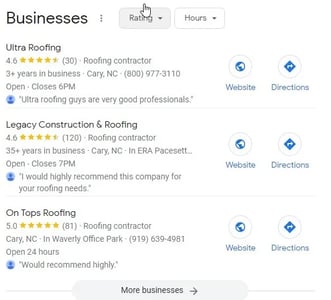
One of the biggest things that we stress with homeowners is to make sure you work with someone with roots in your area for your roof inspection. Companies that have been around and working in your community for a long time will have a large body of work that you can look at, and will have a strong reputation that they will be striving to live up to. So if you are looking to reach out to a roofing company directly, look for those with plenty of high reviews on Google, and several years of experience.
It’s hard to stay in the roofing business for a long time if you’re not using good business practices, so those that have hung around for a few decades know what they’re doing, and know how to treat their customers.
During a roof inspection, a quality roofing contractor should look at several key areas of your roofing system: the ventilation, the roofing material, your roof decking, your flashing, and your gutters.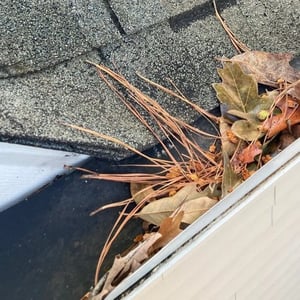
The first thing your contractor will do is hop up onto your roof to inspect your roofing shingles or panels, your flashing and penetrations, and your gutter system. The condition of your shingles will go a long way in determining what kind of fix your roof needs. If there is widespread wear across the roof, you may need to get a full roof replacement, as the shingles are likely reaching the end of their functional life. Then they’ll check your roof’s penetrations and flashing for any leaks or damage, and investigate your gutters for clogs, and make sure there aren’t places where water is backing up onto the roof.
If they haven’t been able to reach a conclusion on any leaks or conditions on the roof, your inspector may ask to come see inside your attic to check the ventilation and roof decking. They’ll look along the wooden roof decking for any rotted or water damaged patches, and look for where your attic is being vented to determine if there is enough air moving through. If your attic isn’t properly ventilated, your roof won’t last nearly as long as it could with correct ventilation. Heat will build up, causing additional wear to the adhesive holding shingles to your roof, and may even have condensation build up in the roof decking.
After they take note of everything, the inspector will put together a report with pictures of damage, and the conclusions they have drawn to help inform your decision on a roof repair or replacement.
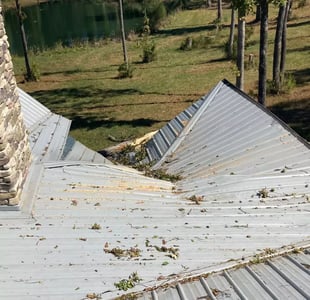
The most common time to get your roof inspected is immediately after a storm. If you suspect your roof received some damage, don’t wait to get it done! You should get an inspection done to diagnose the damage as soon as you can, but absolutely before any additional rainfall comes through. If a storm opened up a vulnerable area in your roof, you can be sure that water will find its way in there, and cause greater damage to your roof’s structure as a result.
If you didn’t receive any storm damage that needs to be looked at, it is still a good idea to get your roof looked at every few years. Something may have occurred that you didn’t notice, and shingles still wear over time when exposed to the sun and rain, so as the years pass, they will be more likely to show signs of damage.
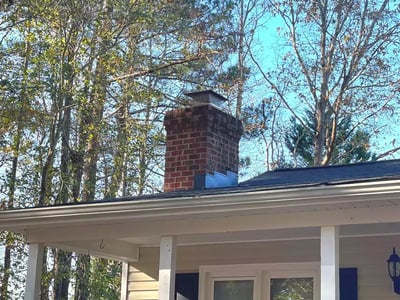
Damage to your roof most frequently occurs at places like your penetrations, gutters and flashing. If you don’t know what a penetration is, that’s okay! It’s a term roofers use that isn’t super common in everyday life, we’ve written a whole blog about them, but to sum it up for you: a penetration is anything that comes through your roof decking, and your roofing shingles. That could be anything from your chimney, dormers, attic vents, or kitchen vent pipes. These penetrations have extra material, known as flashing, that covers the gap between the penetration and the rest of the roofing material. Often when there is a leak at one of these places, it is because the flashing wasn’t installed correctly and has degraded over time.
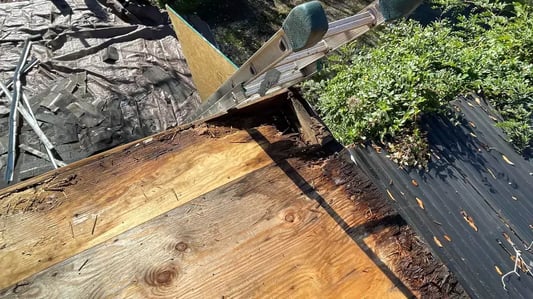
We’ve talked about it throughout this blog, but we want to hammer this point home again here: roof inspections are incredibly important because they allow you to identify and repair damage before it becomes a larger problem that requires a bigger fix.
You can save yourself a load of headache (and a lot of money) by addressing a leak while it only requires a repair, rather than letting it damage your roof decking, which could lead to needing a roof replacement.
If you want to learn more about getting an inspection for your roof, check out the blog we wrote on How Much Roof Inspections Cost!
On Tops Roofing has been inspecting Raleigh, NC roofs for storm damage since 1991! We’ve seen every kind of roofing damage there is, so whatever roofing problem you’re dealing with, we’ve got the experience to handle it!
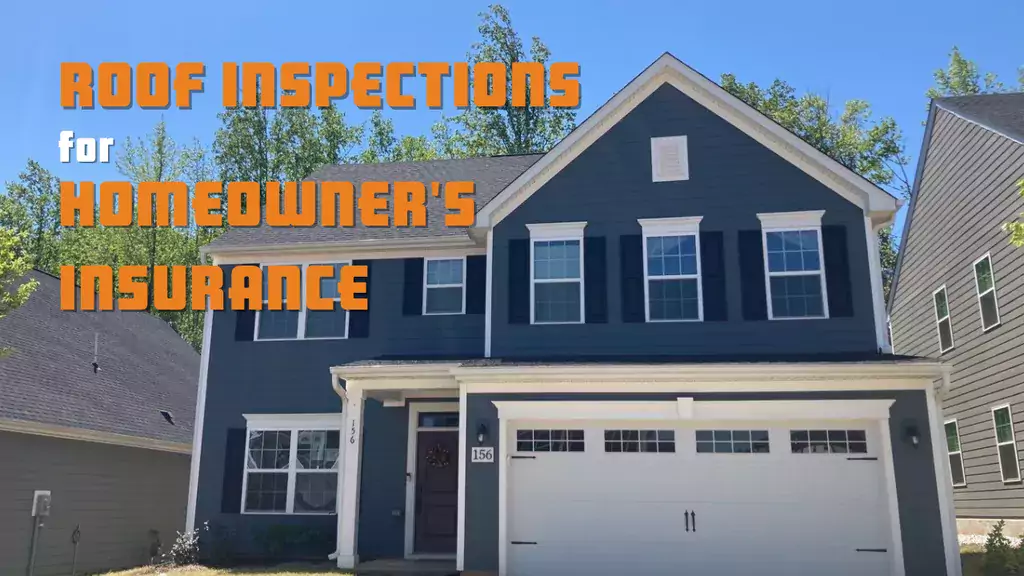
If you're dealing with a storm-damaged roof or in the process of securing a new homeowner's insurance policy, chances are you'll need a roof...
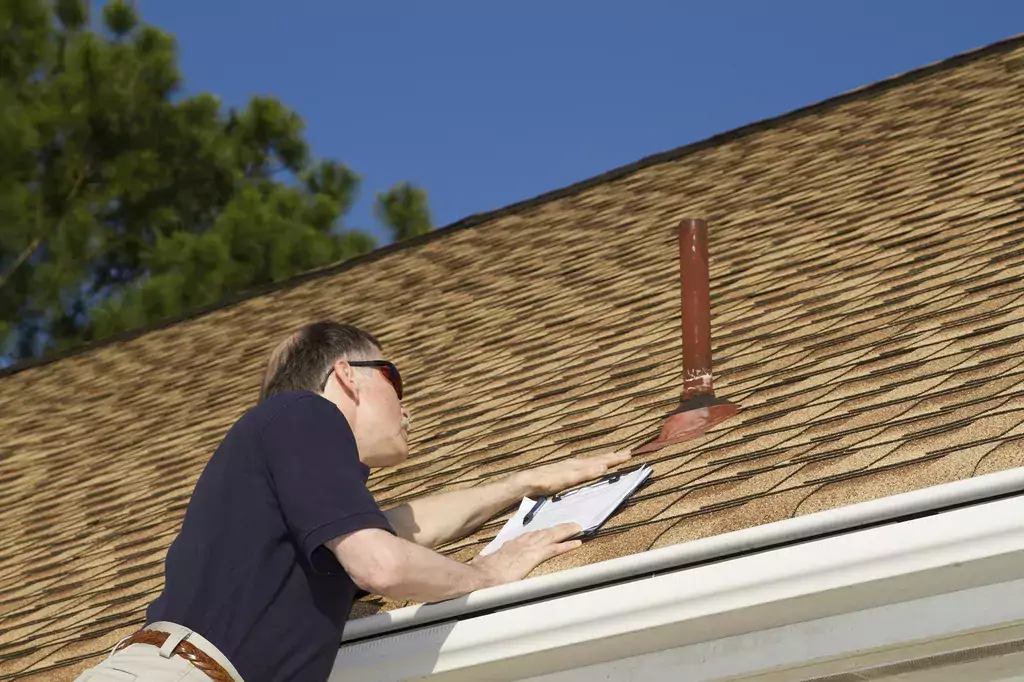
Are you noticing signs of a roof leak? Do your shingles look a little worse for wear? Don’t panic! We’re here to help.
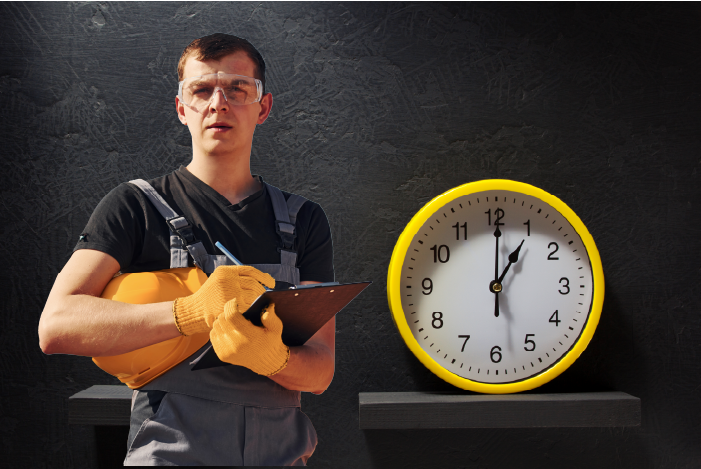
Getting a roof inspection is the place where every roofing project starts.